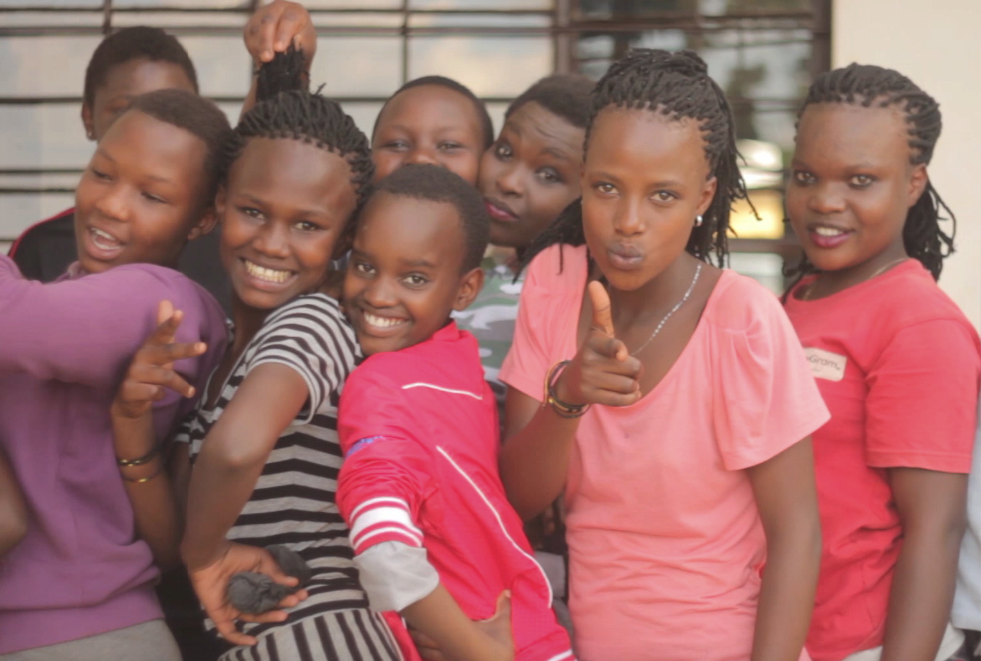
Mission
The mission of MindLeaps is to develop the minds of the most vulnerable youth in Africa to ensure they reach self-sufficiency. MindLeaps uses dance to develop the cognitive skills and social-emotional learning of at-risk youth to ensure that they can succeed in school, enter the workplace, and leap forward in life.
Life Challenges of the Women Served
MindLeaps youth share common characteristics. They are either out-of-school or at risk of dropping out of formal education. The girls are often involved in prostitution or are susceptible to becoming “house girls,” restricted to labor chores in a house. About 90 percent of MindLeaps youth report eating “once a day or less” (not including the meals provided by MindLeaps). About 75 percent of the children have only a mother, and approximately 10 percent are orphans or in child-headed households. Some of MindLeaps youth are HIV+ and most display signs of malnutrition.
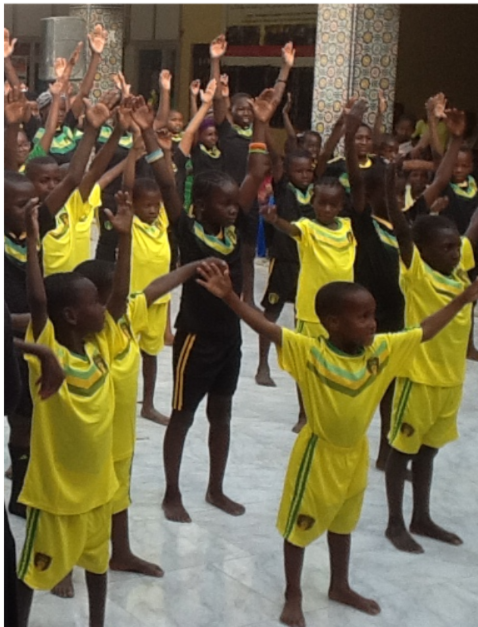 In Mauritania, where this project is based, only 52 percent of the population is literate. The average number of years in school is nine. While 63 percent of males are literate, only 42 percent of females can read. Girls are kept “out of sight” and restricted to chores inside the home as “house servants.” In fact, 16 percent of children between the ages of 5-14 years are categorized as child laborers. This prevents them from attending school and developing the critical skills they need to succeed in life, understand their rights, and make positive life decisions. Thirty-seven percent of girls are married by the time they are 18, and 14 percent are married by the age of 15. If a girl without schooling is not married by the age of 18, the odds increase that she will not be able to support herself in any other way except through prostitution.
In Mauritania, where this project is based, only 52 percent of the population is literate. The average number of years in school is nine. While 63 percent of males are literate, only 42 percent of females can read. Girls are kept “out of sight” and restricted to chores inside the home as “house servants.” In fact, 16 percent of children between the ages of 5-14 years are categorized as child laborers. This prevents them from attending school and developing the critical skills they need to succeed in life, understand their rights, and make positive life decisions. Thirty-seven percent of girls are married by the time they are 18, and 14 percent are married by the age of 15. If a girl without schooling is not married by the age of 18, the odds increase that she will not be able to support herself in any other way except through prostitution.
There are several reasons why children are out of school in Mauritania, including financial barriers, unstable living conditions, the need to work, lack of recognition of the importance of education, and cognitive gaps preventing children from catching up to their peer levels. In the countries where MindLeaps works, these conditions are the result of generations of families where parents never went to school. Sometimes this has been aggravated by genocide (Rwanda), slavery (Mauritania), Ebola (Guinea), and ethnic strife (Kenya and Uganda).
The Project
MindLeaps fundamentally believes that the cycle of poverty can only be broken through education.
MindLeaps is addressing this problem through a unique, dance-based approach that attracts girls to safe spaces and then provides education, psychological health counseling, and nutritional support. This Building Our Bodies and Our Minds project serves some of the most vulnerable girls in the world. These are girls living in El Mina, an urban slum of the capital city of Nouakchott, Mauritania. They are trying to escape lives of pregnancy, sex trafficking, early childhood marriage, and child labor.
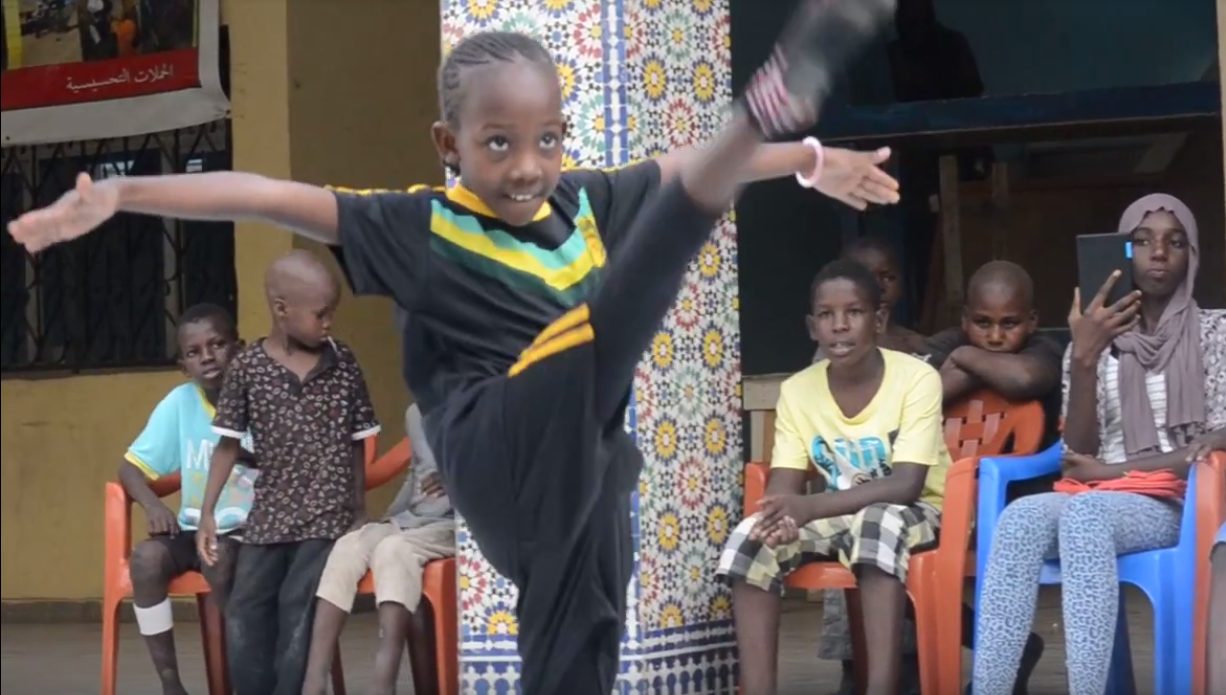 By using dance as the recruitment tool, MindLeaps is able to attract girls in large numbers in a way that other activities cannot. Since no literacy, money, social status, or language is required for a dance class, the program attracts children who believe they are not “good enough” for regular educational services.
By using dance as the recruitment tool, MindLeaps is able to attract girls in large numbers in a way that other activities cannot. Since no literacy, money, social status, or language is required for a dance class, the program attracts children who believe they are not “good enough” for regular educational services.
The main goal of this project is to secure the lives of 120 girls directly and stimulate a transformation in the community of El Mina as to how girls are viewed, treated, and valued. These girls’ lives will be secured by drawing them off the streets, out of prostitution, and free from severe male authoritarian figures. As these girls come to the safe space to attend dance classes, they will receive three additional essential services to change their lives:
- Education: Over the course of 12 months, 120 girls will be enrolled in the MindLeaps project to develop critical learning skills. Of the 120 girl beneficiaries, the 50 girls who rank highest on improvement in cognitive skills and social-emotional learning will be sponsored to enter formal education. MindLeaps provides a range of academic catch up classes to improve school performance in at-risk youth and prepare out of school youth for entry into formal education.
- Psychosocial Health: Thirty new girls will be accepted into the project every three months. These girls will take six hours of dance training per week for 12 weeks. The measurable goal is to develop and track change in seven skills (memorization, grit, teamwork, discipline, language, self-esteem, and creativity) to improve emotional stability.
- Nutrition: MindLeaps provides daily meals ranging from porridge to rice servings and safe drinking water. A total of 120 new girls will be fed daily over 12 months. After MindLeaps provides the initial three months of support, local partner SOS Pairs Educateurs will absorb these girls into their existing meal program that provides nutritional supplements and clean water.
SOS Pairs Educateurs is the primary partner working with MindLeaps on this project. The role of SOS Pairs Educateurs includes several tasks: to provide the safe space, which is the open hall in its own community center based in El Mina; to share project staff with MindLeaps; to leverage its female community leaders to recruit girls into the program; and to register all internationals (dance teachers) traveling from (or hosted by) MindLeaps with the necessary government authorities.
To address the challenges of oversubscription and sustainability, MindLeaps has built in a Train-the-Trainer component so that Mauritanian female youth can also learn some of the teaching methodology within the program and provide additional classes.
To monitor and evaluate the success of the project, MindLeaps will use a software application called Tracker that captures changes in cognitive development and social-emotional learning through movement. Tracker is the result of multi-year collaborative efforts with engineers, mathematicians, and psychologists from Carnegie Mellon University, Drexel University, and the private sector
The project indirectly impacts another 600 vulnerable children and women over one year. MindLeaps has studied the girls it serves and found that, on average, each child has four other siblings and a mother. For each one child that MindLeaps anchors to become a stable, healthy child going to school, limited family resources are redistributed to help the other remaining children and the mother herself.
With this bridge program to reach the right children and equip them with essential mental and behavioral skills to perform well in a structured environment, MindLeaps will enable these children to enter formal education, succeed and become independent.
Impact:
Direct – 120, Indirect – 600
Sustainable Development Goals
![]()
![]()
![]()
![]()
![]()
![]()
Questions for Discussion
- How do you think this project promotes gender equality?
- Why is the use of dance important?
- What do you think are the keys to developing cultural acceptance of education for girls?
How the Grant Will be Used
DFW’s grant of $47,840 for one year will be used for a portion of the following:
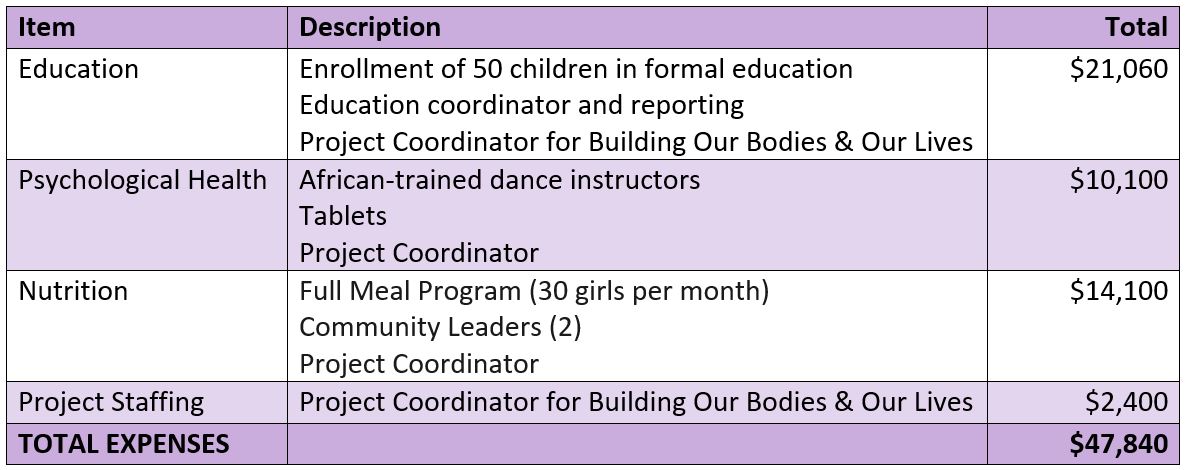
Why We Love This Project/Organization
MindLeaps runs unique programs based on standard dance methodology in order to help out-of-school and vulnerable youth undergo behavioral transformation, catch up on cognitive development, and learn work-ready skills. This project provides 120 girls growing up in urban poverty with the opportunity to defy cultural expectations and leap forward in life.
Evidence of Success
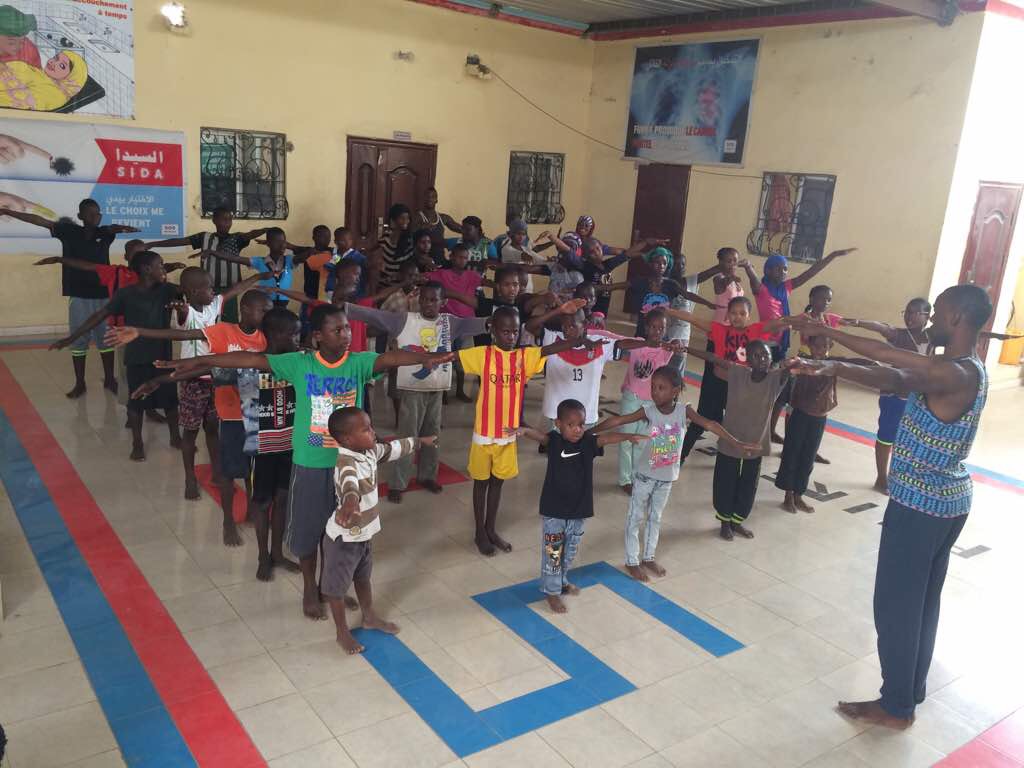 MindLeaps has an ambitious goal: to take the most vulnerable children in Africa and put them on a path to self-sufficiency. The organization is succeeding with impressive statistics. In Rwanda, 74-80 percent of street children enrolled permanently left street life after one year. Approximately 70 percent of youth perform in the top 20 percent of their academic classes after beginning formal education following the MindLeaps program. In Guinea, all children enrolled in the dance program have demonstrated a minimum increase of 35 percent in their cognitive and non-cognitive skills after six months in the program. In Mauritania, of the 117 children recruited in 2017, there was 95 percent retention in the program. In Uganda, children from seven different countries (often warring states) participate in the same classes, demonstrating a minimum increase of 40 percent in teamwork after just four weeks.
MindLeaps has an ambitious goal: to take the most vulnerable children in Africa and put them on a path to self-sufficiency. The organization is succeeding with impressive statistics. In Rwanda, 74-80 percent of street children enrolled permanently left street life after one year. Approximately 70 percent of youth perform in the top 20 percent of their academic classes after beginning formal education following the MindLeaps program. In Guinea, all children enrolled in the dance program have demonstrated a minimum increase of 35 percent in their cognitive and non-cognitive skills after six months in the program. In Mauritania, of the 117 children recruited in 2017, there was 95 percent retention in the program. In Uganda, children from seven different countries (often warring states) participate in the same classes, demonstrating a minimum increase of 40 percent in teamwork after just four weeks.
MindLeaps is using its dance-based methodology because it is a proven model that works in Africa. MindLeaps has already successfully worked with 117 street children and juvenile offenders in Nouakchott and has seen that this program has the ability to attract the most vulnerable girls in a country where nearly no activities outside the home are allowed or accessible.
Voices of the Girls
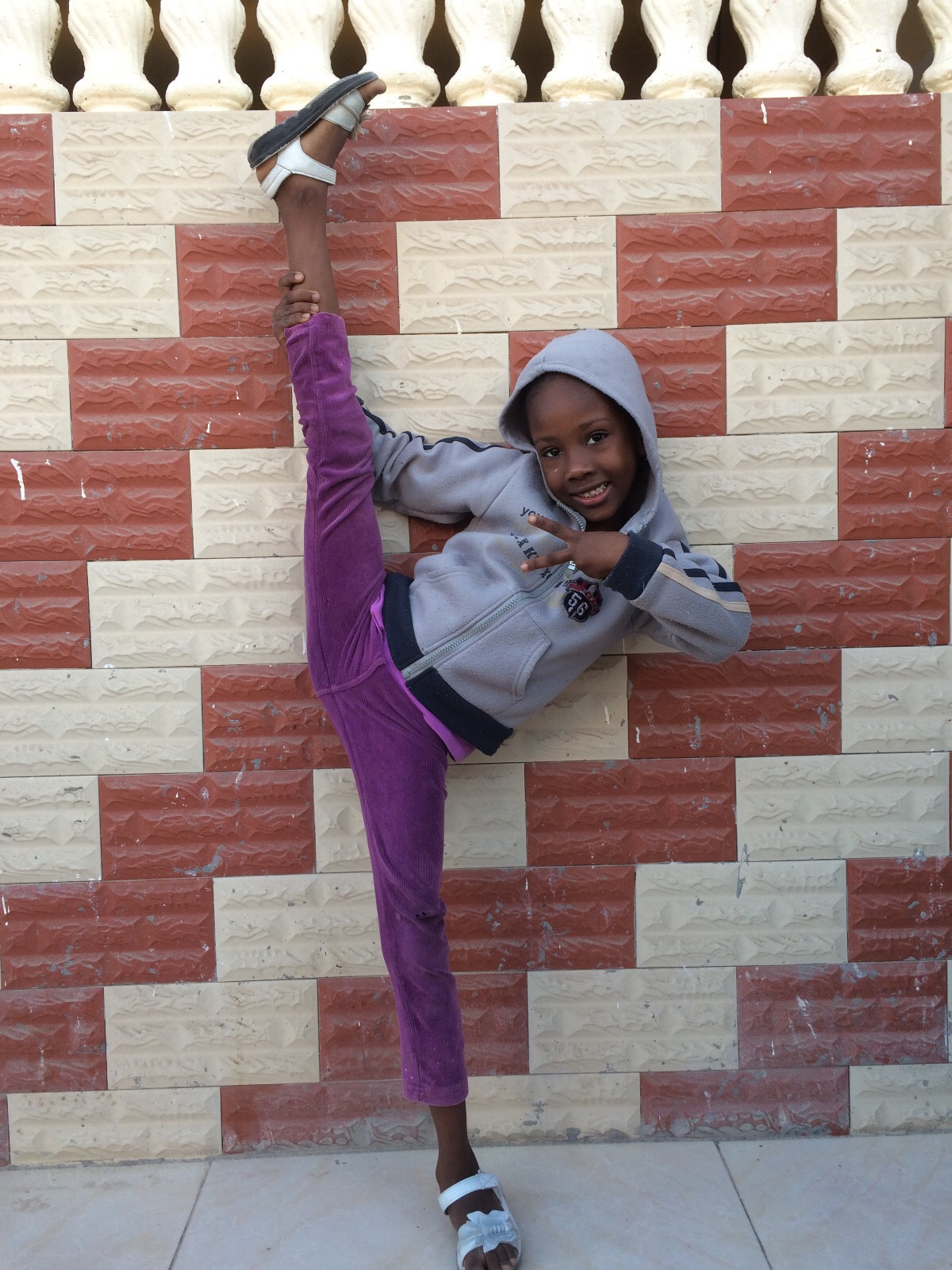 “I’m 10 years old and I’m in 6th grade. I’ve been in the MindLeaps program since 2017. There, we do a lot of things; we dance, we eat well and do math classes. My dream is to finish my studies and to become a doctor.”
“I’m 10 years old and I’m in 6th grade. I’ve been in the MindLeaps program since 2017. There, we do a lot of things; we dance, we eat well and do math classes. My dream is to finish my studies and to become a doctor.”
- Fatimata
About the Organization
MindLeaps is the second iteration of a 501(c)3 organization founded by social entrepreneur Rebecca Davis. From 2005-2010, the organization was a dance company with the mission to produce original works about social justice issues. In 2014, after a four-year period of research and development to create a data-driven curriculum, the company became “MindLeaps.” MindLeaps runs a unique program, based on a standardized dance methodology, that helps out-of- school and vulnerable youth undergo behavioral transformation, catch up on basic cognitive development, and learn work-ready skills.
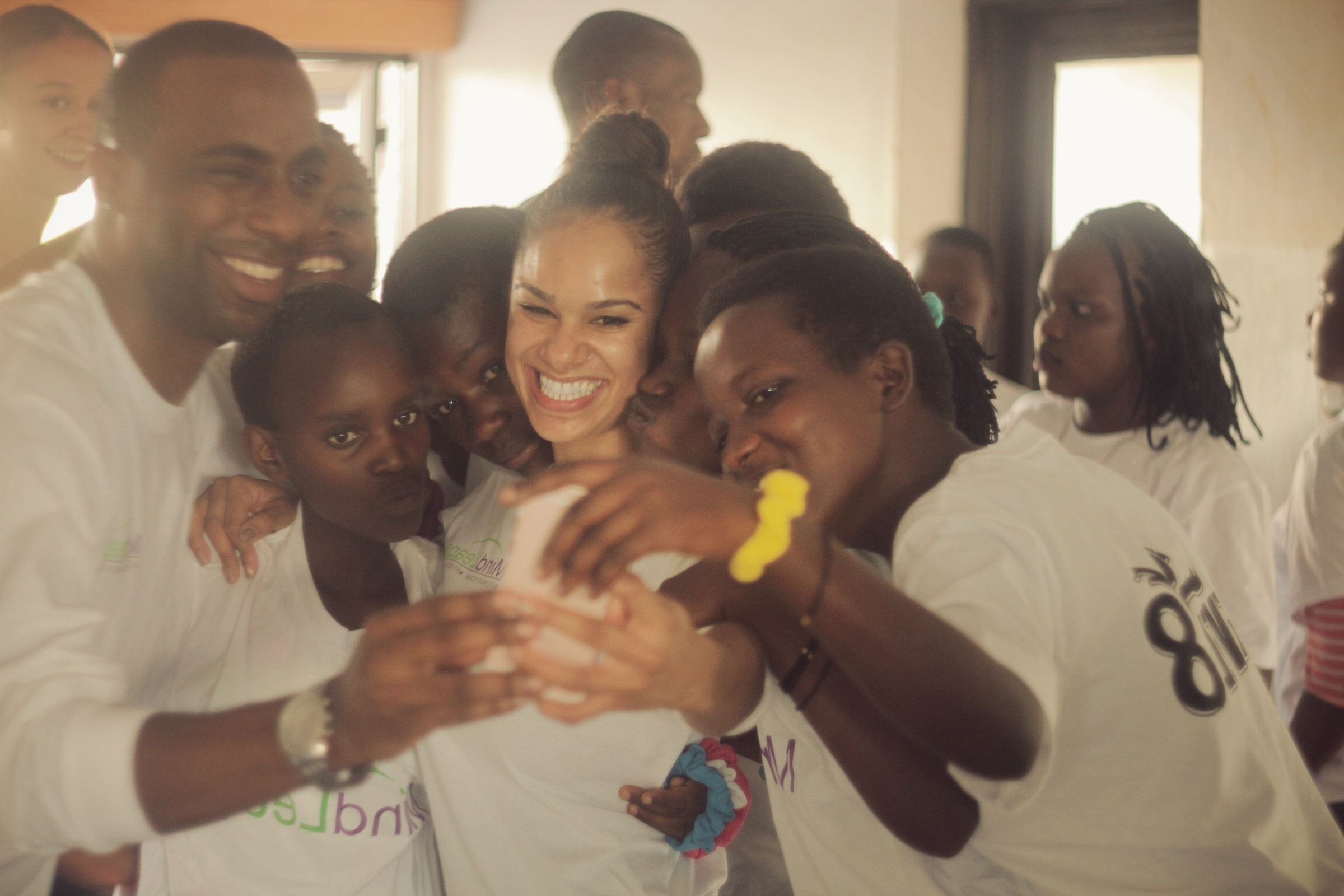 In 2014, MindLeaps Rwanda and MindLeaps Guinea both entered multi-year agreements with these national governments. In 2015, American Ballet Theatre’s first African-American female principal dancer, Misty Copeland, launched the International Artists Fund and started the Girls Program at MindLeaps Rwanda. Learn more about Copeland’s involvement and see a video of her 2018 visit to Rwanda here.
In 2014, MindLeaps Rwanda and MindLeaps Guinea both entered multi-year agreements with these national governments. In 2015, American Ballet Theatre’s first African-American female principal dancer, Misty Copeland, launched the International Artists Fund and started the Girls Program at MindLeaps Rwanda. Learn more about Copeland’s involvement and see a video of her 2018 visit to Rwanda here.
Today, MindLeaps’ International Artists Fund consists of a strong group of celebrity ambassadors who travel to MindLeaps programs in Africa and raise funds to increase the number of children served each year.
Where They Work
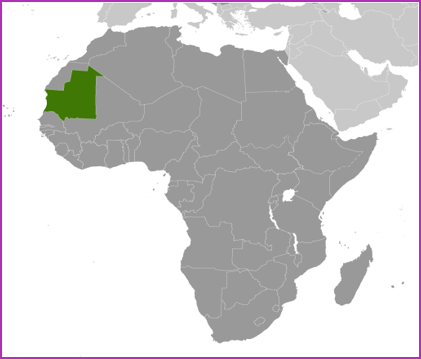
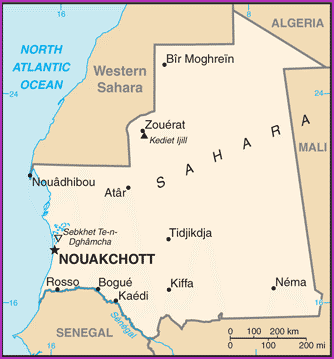
This project will take place in Nouakchott, the capital of Mauritania. Mauritania is located in Western Africa, bordering the North Atlantic Ocean, between Senegal and Western Sahara, with a total population of 3,840,429 (July 2018 est.).
With most of the country being a desert, vast areas of the country, particularly in the central, northern, and eastern areas, are without sizeable population clusters. Half the population lives in or near Nouakchott, which has a population of 1.2 million people.
With a sustained total fertility rate of about four children per woman and almost 60 percent of the population under the age of 25, Mauritania’s population is likely to continue growing for the foreseeable future. The median age in the country is 20.7 years. The birthrate is 29.9 births/1,000 people (2018 est.), and the deathrate is 7.8 deaths/1,000 people. Life expectancy in Mauritania is 63.8 years old (2018 est.).
Girls continue to be underrepresented in the classroom, educational quality remains poor, and the dropout rate is high. The literacy rate is only about 50 percent, with 63 percent of males being literate, and 42 percent of females being literate. Women’s restricted access to education and discriminatory laws maintain gender inequality, which is worsened by early and forced marriages and female genital cutting.
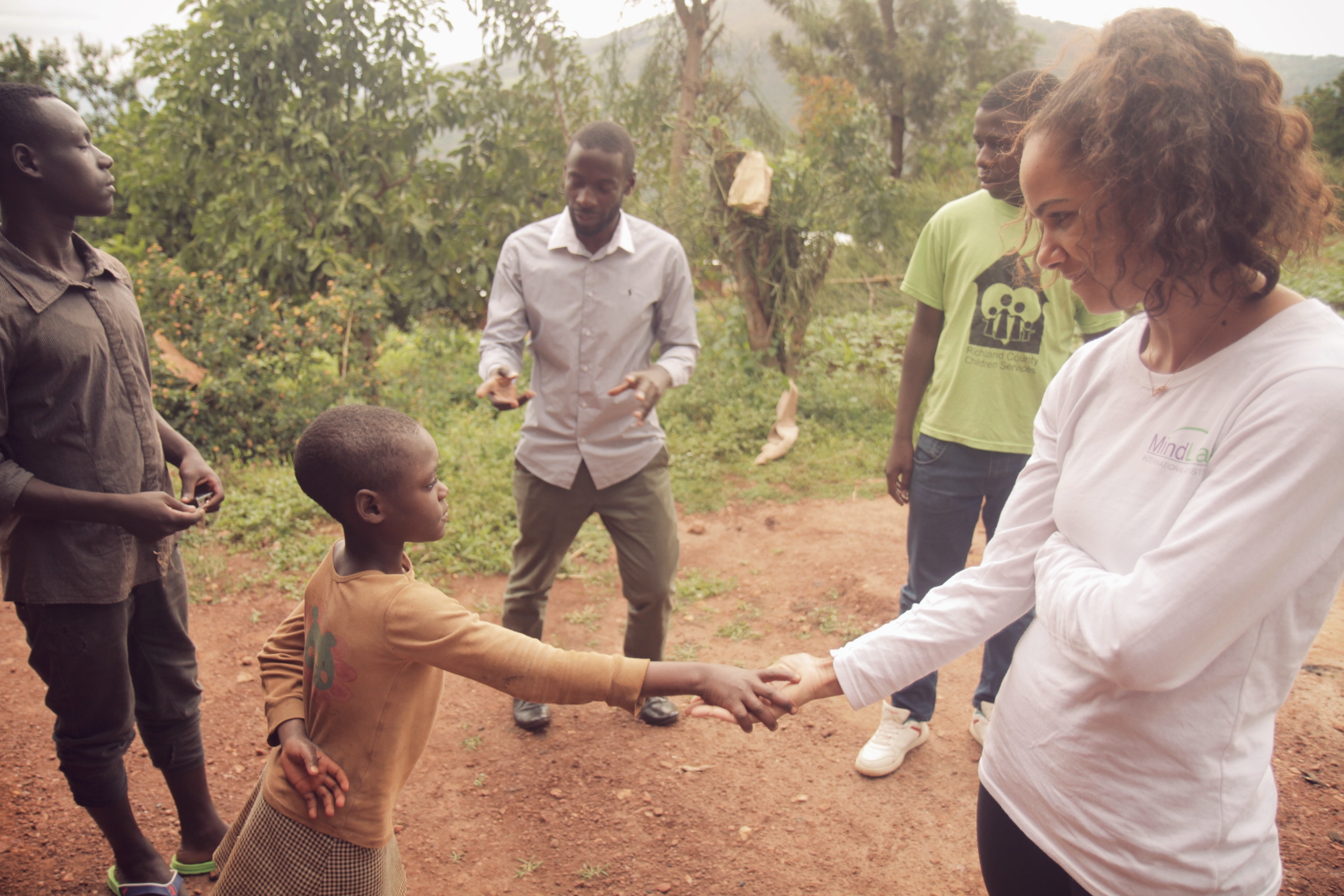 A Closer Look at Using the Arts for Social Change
A Closer Look at Using the Arts for Social Change
MindLeaps uses dance as a “hook” to attract participants to their programs – to foster engagement. Dance is also used as a tool to help participants learn and change perceptions. Studies have shown the importance of movement in the development of learning skills. The formal structure and rigor of the classes require a tremendous among of energy and mental concentration. Students are motivated to keep returning because they see improvement and that they are capable of self-betterment. Through the power of dance, MindLeaps is able to guide vulnerable children and youth to safe spaces, academic opportunity and lifelong skills development.
Art forms have been used to promote social change throughout the ages. Many movements in art history, such as modernism, conceptual, or feminist art have tried to change society. Theatre is often at the forefront of social change, as are literature and song. These art forms have the capacity to enlighten the audience and give them an experience that extends beyond their present understanding and appreciation of the human condition. Art can be used in traditional forms to comment on, respond to, or advocate for the need for social change. It can be used to engage communities in an interactive exchange. It can take the form of protest, addressing political and social issues with direct action.
Art is a tool for social change by educating, challenging, counseling, provoking, and captivating.
Source Materials
